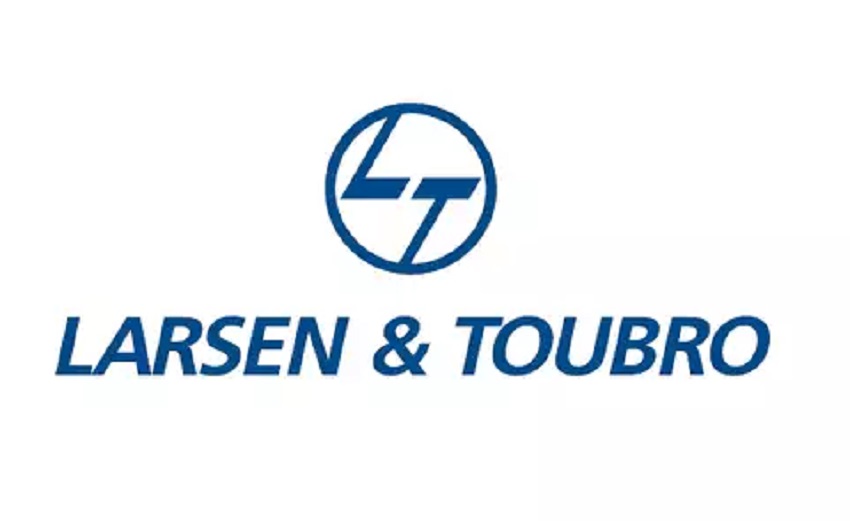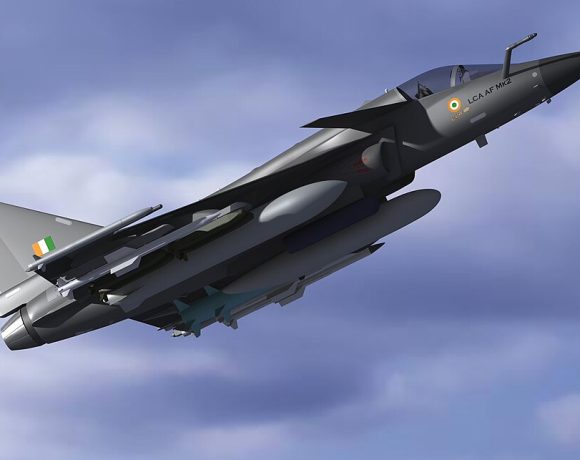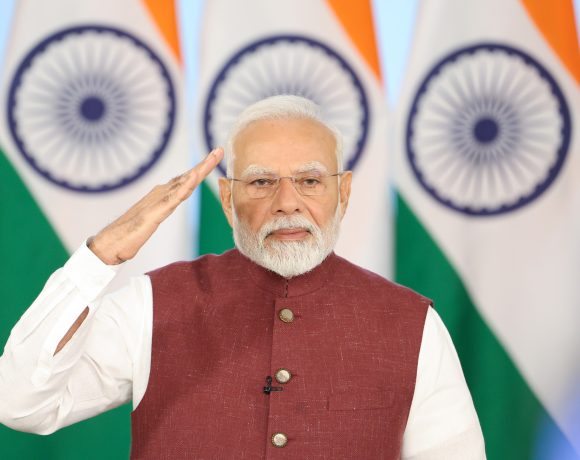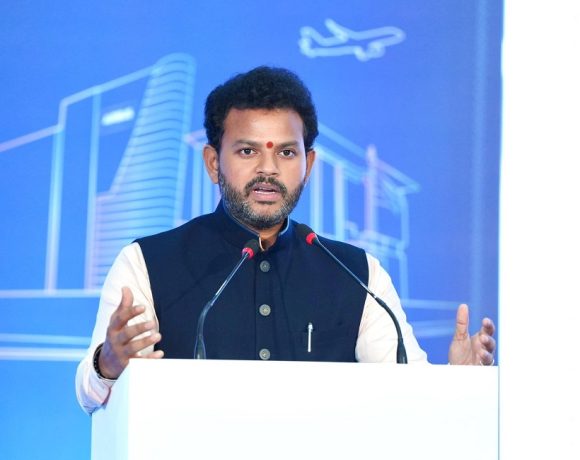
L&T Proposes Development of Indigenous 110kN Fighter Jet Engine
Larsen & Toubro (L&T) has put forward a proposal to develop a completely indigenous 110kN thrust engine for fighter aircraft, building upon technological lessons learned from the earlier Kaveri engine program. Jayant Damodar Patil, who heads L&T’s aerospace and defense division, emphasized that the private sector has the capability to deliver on this front—provided the government supports the initiative by evaluating proposals based on merit rather than simply the lowest cost.
The Kaveri engine, developed by the Gas Turbine Research Establishment under DRDO, was originally meant to power the Tejas Light Combat Aircraft. However, it fell short of the required thrust levels for operational use in fighter jets. Patil acknowledged the setbacks of the Kaveri program but stressed that it helped India build a strong foundation in metallurgy, compressor design, and component testing—all of which can be leveraged for future efforts.
Vision for a 110kN-Class Engine
L&T envisions a new engine that would generate 110kN of thrust, aligning with the requirements of advanced aircraft like the Tejas MkII and the upcoming AMCA (Advanced Medium Combat Aircraft). Achieving this goal would involve breakthroughs in critical technologies such as single-crystal turbine blades, thermal barrier coatings, and efficient afterburner systems. Encouragingly, India has already made progress in these areas—evident from the dry Kaveri engine variant now being used for powering unmanned stealth platforms like the Ghatak drone.
Merit-Based Support and Strategic Collaboration
A central theme in L&T’s appeal is the need for the government to move beyond the outdated “L1 syndrome” where the lowest bidder wins the contract. Patil emphasized that this system stifles innovation and compromises on quality. Instead, he advocated for awarding contracts based on technological merit and vision. He also proposed the formation of a consortium of private players, each contributing specialized capabilities, to collectively deliver a world-class fighter engine.
Challenges and Investment Outlook
The development of a 110kN engine is an ambitious undertaking, expected to require an investment of ₹15,000 to ₹20,000 crore over a period of 10 to 15 years. India will need to address significant technological gaps in high-temperature materials and increase its pool of skilled aerospace professionals. However, Patil believes that a structured approach involving industry collaboration and government support can dramatically reduce the country’s dependency on foreign engine manufacturers.
Conclusion
L&T’s proposal marks a strategic leap toward strengthening India’s self-reliance in critical defense technologies. With focused investment, private-sector collaboration, and merit-based policy backing, the development of an indigenous 110kN fighter jet engine could transform India’s aerospace landscape and solidify its position as a capable and independent military power.


















